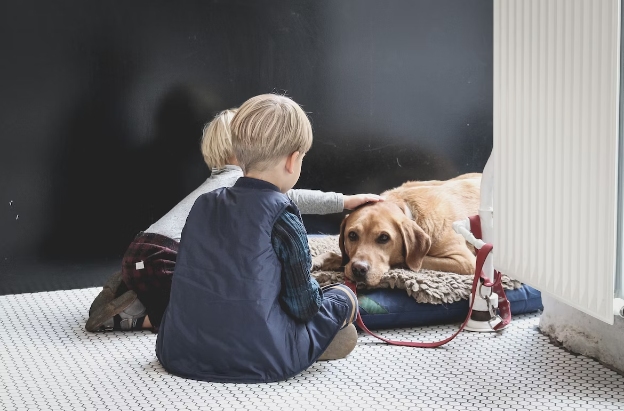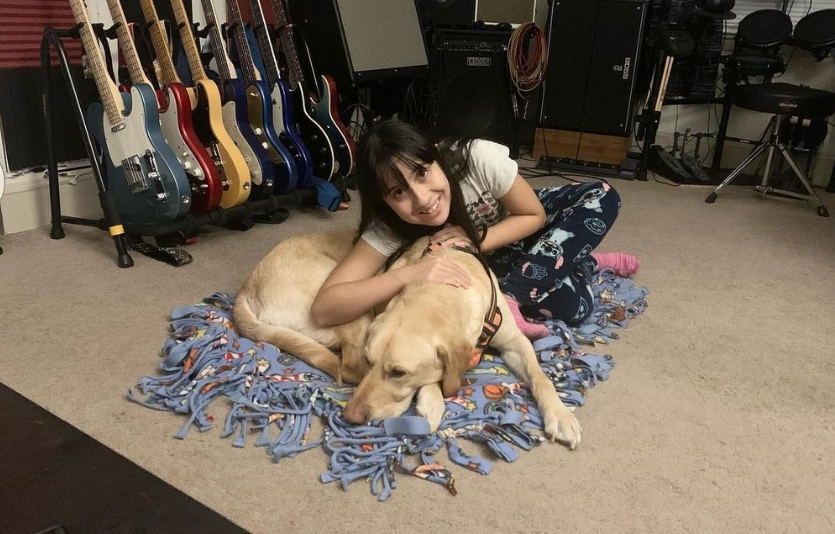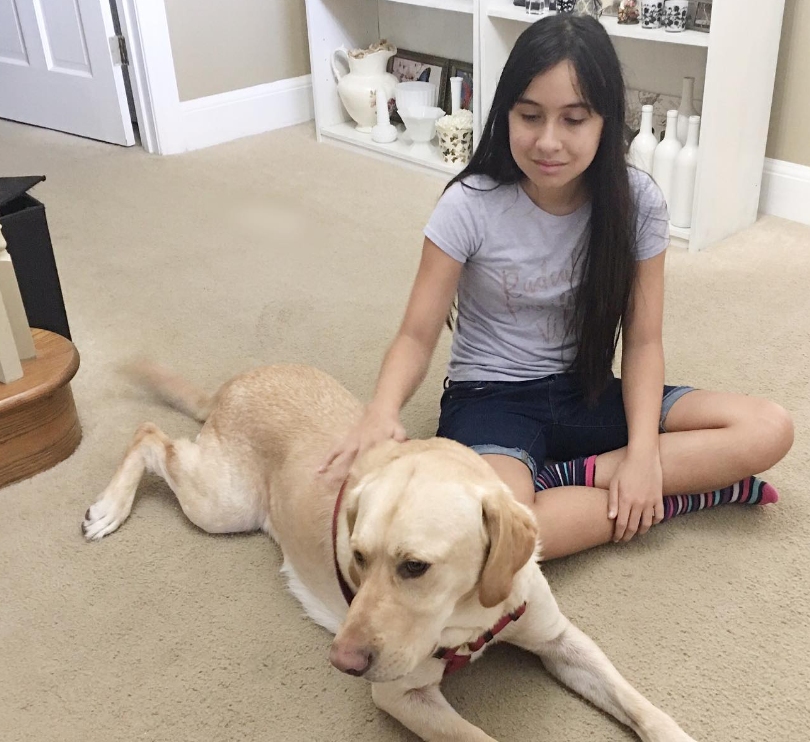How to Teach Your Children the Responsibility of Owning a Pet
Honestly, one of the most memorable birthdays for a child is getting a pet. Whether it’s a cat, dog, hamster, bird, lizard, fish, or any other animal, you can feel certain that your children are going to be over the moon for getting this gift. But with that said, however, every parent, let alone every adult, knows the amount of responsibility that goes into taking care of a pet. They’re living creature that needs more than just food and water; they need shelter, love, attention, an outlet for their energy, health checks, medicine, and the list goes on and on.
Not all pets are the same, and some are more independent than others. But regardless, your child needs to understand that a pet isn’t going to be fun all the time, and the pet doesn’t exist solely for their entertainment. They’re a part of the family and deserve love and respect. So, with that said, here’s how to teach your children the responsibility of being a pet owner.
The Benefits of Children Having Pets
Honestly, there are a lot of benefits to children owning pets. While it is a standard experience most children have, having a pet for a child gives them a chance to truly connect with animals. It’s a little more challenging for adults to feel this way, so starting out when they’re young is ideal. So, let’s take a look at more benefits you can count on from children having pets.
Pets are the Best Source of Companionship for Children
Some children have their toys and blankets as companions, but a pet, especially one that can be pet and cuddled, can be an excellent companion too. Pets are loyal companions and provide a sense of security and unconditional love for kids. They are also nonjudgmental and a source of comfort to kids who are anxious or sad. Children who have pets tend to have higher self-esteem and better social skills as a result of having positive relationships with animals.
Perfect Source of Love
Animals have a lot of love for their owners, and children have a lot of love to give. When kids spend time with their pets, they learn about unconditional love. This can boost children’s self-esteem and help them feel good about themselves. Taking care of a pet also promotes important life skills, such as responsibility, patience, and organization. In many families, pets are the center of family activities. They go on walks together, play games and share meals.
This type of close contact with animals has been shown to reduce loneliness and stress in children, especially those who are sick or have a disability. In some cases, kids’ pets serve as confidantes for them to talk about problems or secrets. They can tell their pets things they wouldn’t usually tell their parents or friends. This helps them develop empathy and emotional maturity. There’s no doubt about it that this love is ideal for strong childhood development. Dogs are the perfect examples, especially puppies, that you can find on this page. But overall, the source of love is exceptional.
Pets are a Source of Empathy and Comfort
As stated above, pets can be a nice way for kids to talk about how they’re feeling in a safe space. It’s not like their pet can tell anyone how the kid is feeling or thinking. So this secrecy has helped a lot. Growing up with pets can help children develop empathy for other people and animals. They gain a better understanding of how to treat others and that being kind to animals is just as important as being kind to people. Plus, that comfort of knowing they can confide with their pet, such as hugging them when they’re down, is so powerful.
How to Properly Teach Pet Responsibility to Your Little One
Teaching the responsibilities of owning a pet isn’t exactly known for being a cakewalk. But, within time, you can teach them the importance of taking care of the pet and why it’s important to take care of the pet. When it comes to animals, there’s no doubt about it that it should be a team effort. So it’s not like you should place all of that responsibility on your child.
As a parent, you’re going to have to chip in too, something, unfortunately, a lot of parents don’t do as they think that a pet should be just for one person in the house and all the responsibilities go to them. So realistically, it’s best for everyone to split the responsibility. So, here’s what you should do to teach your child.
If You Can Choose a Pet, That’s Right for Your Child
You can help your children understand the responsibility of owning a pet by discussing it ahead of time and reading books on the topic. You may even want to consider visiting family and friends who have pets so your children can see firsthand what caring for an animal involves. But you should also consider an animal that would work best for your child. If a kid absolutely loves playing outside and exercising, then a dog could be great. If your kid prefers to stay indoors, then maybe a cat would be better.
Be Encouraging
Caring for a pet can be a lot of work, especially for small children. However, it can also be a very rewarding experience. If your child sees that their efforts make the pet happy, they’ll be more likely to continue taking good care of it. They can even earn rewards such as playing with the dog or brushing its fur. You can also encourage your kids by showing them how to properly care for pets. For example, you can ask them to feed and water the dog, clean out its litter box or take it to the vet on a regular basis.
It Needs to Be Age-Appropriate
Not every pet task is going to be age-appropriate. For instance, you shouldn’t let a five-year-old walk a big dog or allow a toddler to clean up the litter box. It’s all going to end in one giant disaster. Gradually, as a child gets older, you can give them more appropriate tasks.
Make It a Fun Activity
When it comes to kids, it’s basically a cake walk making just about anything seem fun. Whether it’s brushing out the fur of a cat, training the dog, or playing with a bunny, it can all be fun. As a parent, you’re, of course, going to have to make a fun game out of it.
Avoid Overwhelming Your Child
Be sure that any responsibilities you give your child are within their abilities to avoid feelings of frustration or failure. For example, a young child may not be able to scoop a cat’s litter box on a daily basis, but they might be able to groom it or clean the cage. Another thing to keep in mind is overwhelming your child. If they feel too much pressure, they may want to give up or even resent it. When it comes to being a pet owner, you need to remember that it should be a whole family effort, not just one person, especially a child.
Teach By Example
As a parent, you can lead the way with pet responsibility. Children are imitators, and they learn best by watching you. Show your child that you are committed to caring for the animal and making time to do so on a daily basis. If they see that you’re taking care of the pet and you’re being patient and loving, you can count on them doing the exact same thing.







